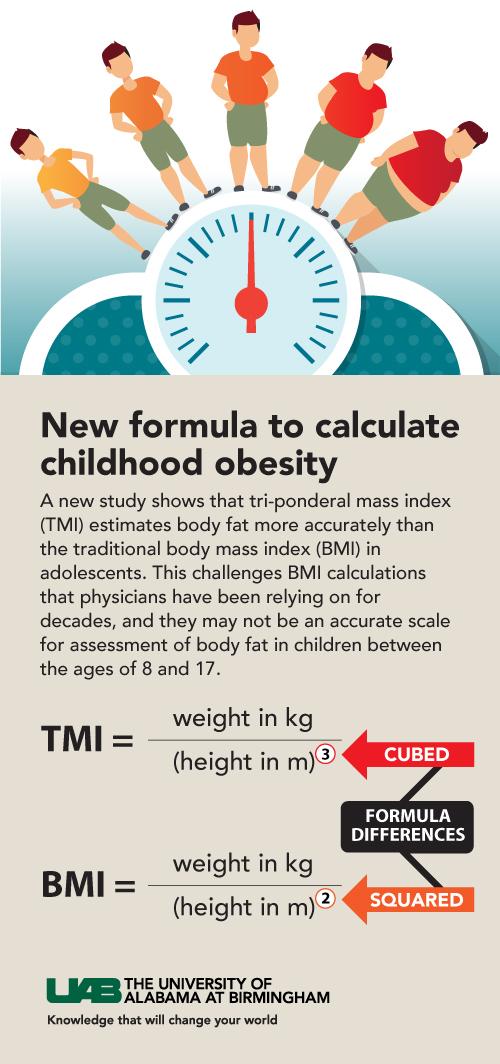January 2004 - New research shows that large numbers of overweight Hispanic youth already have complications of obesity, including impaired glucose tolerance, which can lead to diabetes, and metabolic syndrome. The findings, which are published in the January issue of The Journal of Clinical Endocrinology & Metabolism (JCEM), indicate that Hispanic youth may have underlying risk factors that make them more susceptible to diabetes, cardiovascular risks and the metabolic syndrome.
Recent studies have shown that the metabolic syndrome--a collection of health risks such as obesity, dyslipidemia (characterized by high blood triglycerides and low HDL-cholesterol) and high blood pressure, which increase the chance of developing heart disease, stroke and diabetes--affects more than 20 percent of adults in the United States. Hispanics experience the highest rates of metabolic syndrome, with rates near 32 percent. During the past 10 years, the rate of obesity, which increases a person's risk of developing metabolic syndrome, has doubled among Hispanic youth. At the same time, the rates of type 2 diabetes and impaired glucose tolerance have also increased in this same group.
Dr. Michael Goran and researchers at the University of Southern California, Los Angeles, conducted two separate analysis on data collected in overweight Hispanic children to determine some of the risk factors that make these groups vulnerable to diabetes and associated conditions and diseases. In the first study, Dr. Goran and his colleagues studied the prevalence of metabolic syndrome and its individual components in Hispanic youth. They sought to understand the role of insulin sensitivity on metabolic syndrome and explored the relationships between the individual components of metabolic syndrome and insulin sensitivity.
"Obesity and the complications that are associated with this problem is a growing problem among minority children in the United States," explained Dr. Martha Cruz, the primary author on the study and an Assistant Professor at the University of Southern California. "We hope that our research will help the medical community better understand how to determine which children are at risk for developing diabetes, metabolic syndrome and cardiovascular disease."
The researchers studied 126 overweight Hispanic children between the ages of eight and 13 with a family history of type 2 diabetes. The metabolic syndrome was defined as having at least three of the following--abdominal obesity, low HDL-cholesterol, hypertriglyceridemia, hypertension or impaired glucose tolerance (IGT). They discovered that 90 percent of the subjects had at least one feature of the metabolic syndrome. Furthermore, 30 percent had three or more risk factors and had the metabolic syndrome. These findings show that overweight Hispanic youth are at an increased risk for developing type 2 diabetes and cardiovascular disease. Furthermore, the data suggested that greater levels of insulin resistance were associated with higher risk.
Continue Reading Below ↓↓↓
"Along with the high rates of the metabolic syndrome and the conditions associated with this disease, we found a direct association between insulin resistance, which is linked to diabetes, and HDL or "good" cholesterol, triglycerides and blood pressure, independent of body fat," explained Dr. Cruz. "These results suggest that in Hispanic youth with a family history of diabetes, insulin resistance directly contributes to the development of metabolic syndrome and is associated with an adverse metabolic profile."
The researchers noted that work should be done to improve insulin resistance in Hispanic youth in order to help lower the risk of type 2 diabetes and premature cardiovascular disease. They suggested that future research efforts focus on improving insulin through exercise, diet and, especially in those at greatest risk with the use of pharmacological agents.
In a second analysis from the same study, Dr. Goran and his team examined the relationship between impaired glucose tolerance (IGT), or pre-diabetes, and body composition as well as insulin-related conditions in 150 overweight Latino children with a family history of type 2 diabetes. Researchers assessed glucose tolerance, body composition, insulin sensitivity in all subjects and found that 28 percent suffered from IGT or pre-diabetes. Additionally, IGT levels were similar in children with different levels of obesity, but significantly higher in children who were exposed to gestational diabetes (more than 40 percent). Surprisingly, body composition, fat distribution, insulin sensitivity and acute insulin response did not correlate with IGT. However, Dr. Goran and his colleagues did find that beta-cell function, which is a measure of the ability of the pancreas to produce insulin, was significantly lower in children with IGT. Thus, these children are already showing signs of deteriorating beta-cell function at an early age.
"Our findings suggest that one in three Latino children with a family history of diabetes suffers from pre-diabetes, which is associated with the reduced ability of the pancreas to produce enough insulin. Furthermore, this condition does not seem to be associated with the child's weight," noted Dr. Goran, the lead investigator on the study and a professor of preventive medicine and physiology and biophysics at the University of Southern California. "This is significant because these children were free from symptoms and were unaware of the underlying problems that could lead to serious health problems as they age. If these same conditions were found in an adult during a regular screening they would be clinically significant and would lead to the prescription of medial intervention. Unfortunately, children are not regularly screened for impaired glucose tolerance and other conditions related to the metabolic syndrome. In high risk groups, such as overweight Latino children, it is important to identify these problems early."
Dr. Goran also noted that the extent of the risk factors that the researchers identified in Latino children is much worse than they had anticipated.
"In effect, these children are on a fast track to early diabetes and cardiovascular disease," he explained. The research was funded by National Institute of Diabetes and Digestive and Kidney Diseases (NIDDK).
Source: Endocrine Society









